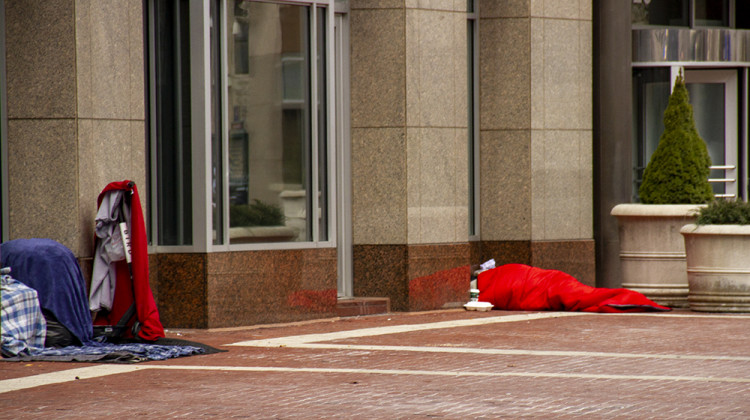
A person experiencing homelessness sleeps on the sidewalk near Monument Circle in the winter of 2020.
FILE: Doug Jaggers/WFYIIn 2018, the city of Indianapolis outlined a plan to end homelessness by 2023. An average of 1,600 people experience homelessness on any given night in Marion County but last year the number increased. Numbers show nearly 2,000 in the annual 2021 count, although different methods were used because of the pandemic. The federal aid made available during the public health crisis has helped efforts to reach more people, but challenges remain. So how is the city doing in its efforts to end homelessness?
Can we really end homelessness?
“Ending homelessness” doesn’t mean that no one will experience a night on the street after getting out of jail. That a family won’t be evicted and have to move in with relatives or friends. That a young person won’t sleep in their car because they were kicked out of their home.
The goal is to make homelessness a rare, short-lived, and recoverable experience. More specifically, the Indianapolis 2023 plan aims that no one has to spend more than 30 days without a permanent, affordable, safe place to live.
This goal does come with numerous hurdles.
Most providers agree that a lack of affordable, safe, and stable housing for everyone – regardless of the situation – is significant.
The pandemic impacted the length of time people experiencing homelessness longer with the lockdown. But hundreds of people were able to take advantage of new programs, including long-term stays in hotels paid for by the city through federal relief funds.
At the same time, other service providers doubled down and addressed the housing needs of young people through transitional programs or stepped up staffing.
On the flip side, the effort has been somewhat stalled by staffing challenges and limited people power for social work.
In the past, services were set up to meet immediate needs with temporary solutions. Shelters, including Wheeler Mission, were often the only choice for many.
Now principles are guided by numerous concepts focused on finding the right home option for every community member. Top among these concepts is housing first – which aims to quickly and permanently find and sometimes help pay for housing without barriers and with support.
READ MORE: Hotel For People Experiencing Homelessness Becomes Bridge
Other principles focus on client choice and trauma-informed care.
This work is being done in Indianapolis with the overarching principle that everyone deserves to be housed.
What is the plan?
The Indianapolis Community Plan To End Homelessness 2018-2023 is at its halfway point. Several strategic priorities have been laid out to accomplish five-year goals.
The first priority is to optimize the crisis response system to reduce the time someone experiences homelessness. Crisis response efforts have been tested by the pandemic. In some ways, the coordination has improved as groups came together quickly, and some oversight waned during the lockdown. Leaders say they are still working to reduce the length of time that people go without permanent housing.
Secondly, increasing access to safe, affordable, supportive housing is a priority, and moves are happening. Recently the IHA opened up its housing choice voucher lottery for the first time in years. Organizers say there also needs to be a focus on preserving the affordable housing stock that the city has access to.
READ MORE: A New Home To Give Haven And Hope For Local LGBTQ Youth Experiencing Homelessness
Another priority is to expand wraparound services to increase housing stability. These can include mental health help, addiction recovery, and stable employment. A lack of access to these services can hamper a person’s ability to remain housed. Here, the goal is to have 92 percent of individuals and families stay housed for at least two years.
Other priorities focus on unifying intersecting systems and aligning services to build a well-functioning infrastructure to address individual cases.
Shortly after being released in 2018, the plan was updated to include a focus on racial disparity.
More than half of those experiencing homelessness are from Black and Brown households. A new equity dashboard was created last year to better understand where these disparities are. There are also goals to recruit more diversity in staff and leadership.
READ MORE: Foster Youth At Greater Risk Of Homelessness
There are separate plans for youth, chronically homeless individuals, veterans, and families.
Leaders say the plan is sound but are worried about having the resources needed to meet goals.
Who is involved in this plan?
A lot of organizations, agencies, and individuals, both public and private. The plan to end homelessness is crafted and led by a group called the Continuum of Care. The Coalition for Homelessness Intervention and Prevention, or CHIP, leads services for the effort.
The Office of Public Health and Safety coordinates efforts for Indianapolis but other public agencies, including the Indianapolis Housing Authority, IHA, and Housing and Urban Development, HUD, have representatives in the collaborative.
But numerous partners and individuals have also led the effort to find and secure housing for residents. Members include faith leaders, shelter providers, recovery experts, and nonprofits.
READ MORE: Program Reaching Out To LGBTQ Youth Experiencing Homelessness
The work is based on partnerships that are constantly evolving, especially since the pandemic.
Another partnership launched through recent COVID-19 recovery efforts is Home Now. It involves a collaborative rehousing strategy. Attempts to rehouse people with more efficiency are guided by housing navigators and case managers. Landlord engagement is also crucial to bridge housing needs
Has the pandemic offered a silver lining?
COVID-19 response and recovery efforts delivered hundreds of millions in federal funding for housing. Indianapolis received money from the CARES Act and the American Rescue Plan Act to help prevent people from losing their homes.
CHIP said the amount of rapid rehousing dollars doubled to $9 million and allowed for more flexibility.
Supportive housing projects have been boosted through access to funds. Numerous existing nonprofits have been awarded federal funding to strengthen efforts. Often these dollars are directed to groups that can reach those most at risk of homelessness, including LGBTQ youth and veterans.
The CoC will continue to work through partnerships to accomplish the plan's goals.
Contact WFYI city government and policy reporter Jill Sheridan at jsheridan@wfyi.org. Follow on Twitter: @JillASheridan.
 DONATE
DONATE



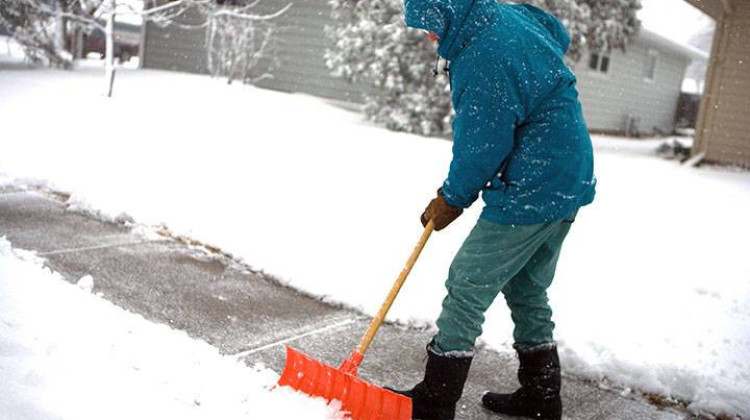
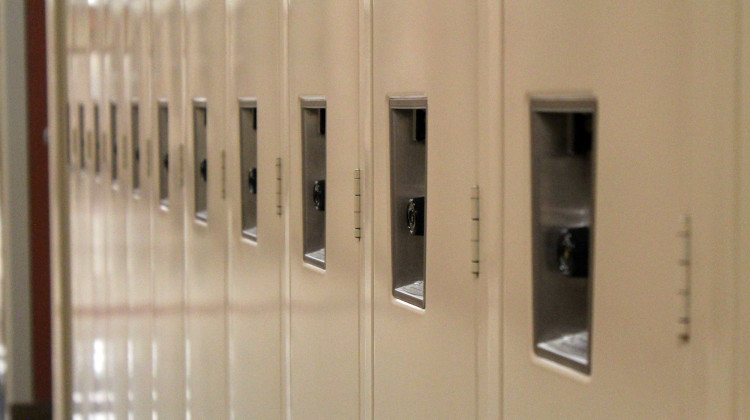
 View More Articles
View More Articles

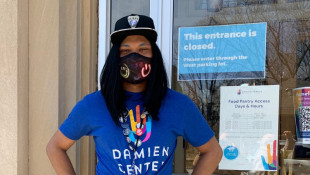
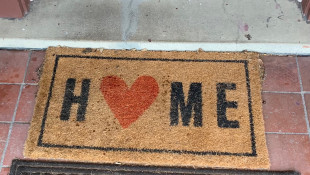

 Support WFYI. We can't do it without you.
Support WFYI. We can't do it without you.